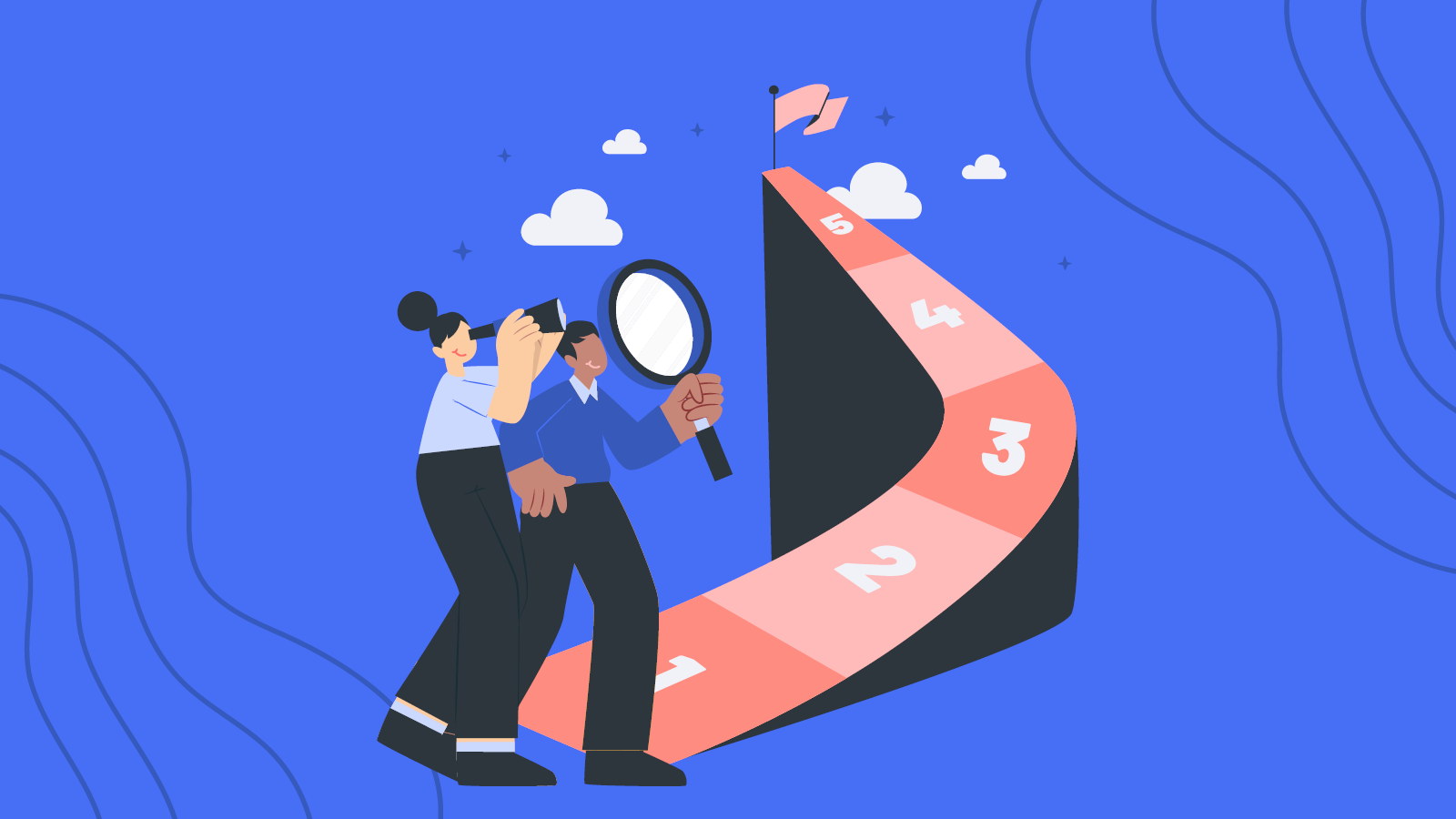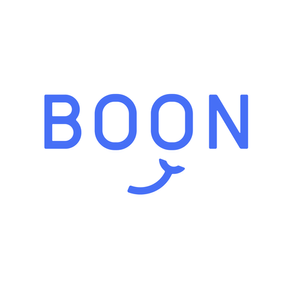How to Identify Where You Are—and What It Takes to Level Up
In a business climate where talent is your biggest advantage—or your biggest risk—how you develop your people matters more than ever.
The most successful organizations don’t just invest in leadership training or run a few employee engagement surveys. They have mature, integrated people development strategies that drive measurable outcomes in retention, performance, and innovation.
But not every company is there yet.
That’s why we created the People Development Scorecard—a fast, insightful pulse check that helps organizations benchmark their leadership, feedback culture, and internal mobility against top-performing companies.
And it’s also why we’re introducing The 5 Stages of People Development Maturity—a new framework to help you understand where your company stands, and how to move forward.
Stage 1: Reactive
At this stage, people development is ad hoc. Leadership issues are addressed only when they become problems. Coaching, if it exists, is reserved for senior leaders or under-performers. There’s little clarity on career growth or talent mobility.
Common traits:
-
No clear leadership pipeline
-
High manager burnout or attrition
-
Engagement and retention are declining
-
Learning is fragmented or optional
Your next move: Get a baseline. Use tools like the People Development Scorecard to assess your biggest gaps—and prioritize quick wins like manager coaching or career pathing clarity.
Stage 2: Programmatic
Here, the organization has some formal training or engagement programs in place—often led by HR or L&D—but they’re siloed, inconsistent, or outdated. The focus is on compliance or coverage, not impact.
Common traits:
-
Leadership training exists, but feels disconnected from real work
-
Employees don’t see clear growth paths
-
Feedback culture is surface-level
-
Coaching is offered, but not widely used
Your next move: Start shifting from training events to development systems. Consider scalable coaching models that embed into daily workflows and focus on real behavior change.
Stage 3: Strategic
At this point, people development is linked to business priorities. Coaching is offered beyond executives. Managers are getting the tools to lead well. There’s movement in internal mobility, and employee growth is a tracked metric.
Common traits:
-
Leadership development aligns with company goals
-
Managers are supported with feedback and coaching
-
Clear career pathways exist
-
Talent is retained and promoted from within
Your next move: Double down on personalization. Use diagnostic tools (like 360s or Hogan assessments) and pulse data to tailor programs for maximum impact.
Stage 4: Embedded
Development is not just strategic—it’s embedded in the culture. Feedback flows across levels. Leaders model vulnerability and learning. Coaching is democratized, and development isn’t just for the high-potentials—it’s for everyone.
Common traits:
-
Continuous feedback and coaching are the norm
-
Internal promotions are common and celebrated
-
Wellbeing and performance are seen as connected
-
Learning is self-directed, but supported
Your next move: Strengthen cross-functional development. Focus on change agility, inclusion, and building leadership at every level of the org.
Stage 5: Transformational
People development is a core part of the business model. The organization sees human potential as its most important asset—and it invests accordingly. Growth is seen not just as a professional journey, but a personal one. The result? Industry leadership, resilience, and long-term performance.
Common traits:
-
Development data drives business decisions
-
Coaching and mentorship are part of onboarding
-
Culture supports experimentation, reflection, and growth
- Employees feel psychologically safe and purpose-driven
Your next move: Become a talent magnet. Share your success. Build external partnerships and thought leadership to keep evolving.
Where Do You Stand?
No matter where you are today, growth is possible. The key is knowing where you’re starting—and having a roadmap to help you move forward.
That’s exactly what the People Development Scorecard delivers:
- A personalized Strategic Development Blueprint
- A Resource Optimization Guide to scale efficiently
- A Benchmark Comparison against top-performing companies
- An Implementation Roadmap for immediate traction
Ready to Find Your Stage?
Take the People Development Scorecard to get your pulse check.
Because better people = better business. And it starts in the middle.

